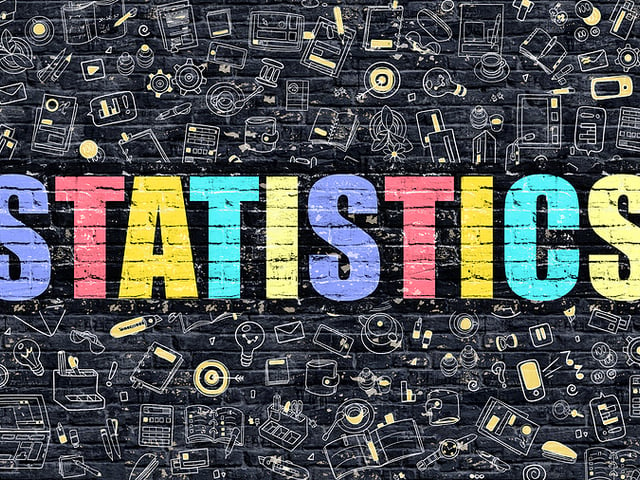
Statistics and Probability Formulas You Need to Know for the HiSET® Math Test
You will be given some formulas during the HiSET® Test. However, that won’t be enough, especially for statistics and probability questions. As you probably know, there are many formulas that you need to use for those items on the test, and even though they are quite easy to remember, it is important that you know which ones you’ll need! That’s why we’ve compiled the most important Statistics and Probability formulas you need to know for the HiSET® Test! Use them to solve the free sample questions we have for you!
We also have two other charts of formulas that are not given to you during the test and a preview of the chart of formulas you will be given during the HiSET Math Test session.
Geometry Formulas You Need to Know for the HiSET® Math Test
Algebra Formulas You Need to Know for the HiSET® Math Test
Formulas You Will Be Given for the HiSET® Math Test
Statistics and Probability Formulas for the HiSET® Math Test
| Category | Formula | Symbols | Comment |
|---|---|---|---|
| Probability and Statistics |
\(\overline{x} = \dfrac{\Sigma x_i}{n}\) | \(\overline{x}\) = sample mean \(x_i\) = value of each measurement \(n\) = number of measurements |
|
| Probability and Statistics |
\(Md = (\frac{n+1}{2})^{th} \ term\) | \(Md\) = Median \(n\) = number of measurements (odd) |
|
| Probability and Statistics |
\(Md = \dfrac{(\frac{n}{2})^{th} \ term + (\frac{n}{2} +1)^{th} \ term}{2}\) | \(Md\) = Median \(n\) = number of measurements (even) |
|
| Probability and Statistics |
\(s = \sqrt{\dfrac{\Sigma(x_i- \overline{x})^2}{ (n-1)}}\) | \(s\) = Standard Deviation \(\overline{x}\) = mean \(x_i\) = value of each measurement \(n\) = number of measurements |
|
| Probability and Statistics |
\(V = s^2\) | \(V\) = Variance \(s\) = Standard Deviation |
|
| Probability and Statistics |
\(CV = RSD = 100 \cdot \frac{s}{\overline{x}}\) | \(CV\) = Coefficient of Variation \(RSD\) = Relative Standard Deviation \(s\) = Standard Deviation \(\overline{x}\) = mean |
|
| Probability and Statistics |
\(p= \frac{d}{t}\) | \(p\) = Probability of an Event \(d\) = Number of Ways Desired Event Can Occur \(t\) = Total Number of Possible Events |
|
| Probability and Statistics |
\(P(A \cup B) = P(A) + P(B) - P(A \cap B)\) | \(P(A \cup B)\) = Probability of A or B \(P(A)\) = Probability of A \(P(B)\) = Probability of B \(P(A \cap B)\) = Probability of A and B |
Rule of Addition |
| Probability and Statistics |
\(P(A \cap B) = P(A) \cdot P(B)\) | \(P(A \cap B)\) = Probability of A and B \(P(A)\) = Probability of A \(P(B)\) = Probability of B |
Independent Events |
| Probability and Statistics |
\(P(A \cap B) = 0\) | \(P(A \cap B)\) = Probability of A and B | Mutually Exclusive Events |
Keep Reading

HiSET Test Blog
Must-Know Science Formulas for the HiSET Test
Achieving proficiency in science can be challenging. If you’re studying…

HiSET Test Blog
Is the HiSET Easier Than the GED?
Over 2 million 16-24-year-olds in the U.S. lack a high school education…

HiSET Test Blog
The HiSET vs the GED: What’s the Difference?
There are several exams that can be taken as an alternative to receivin…